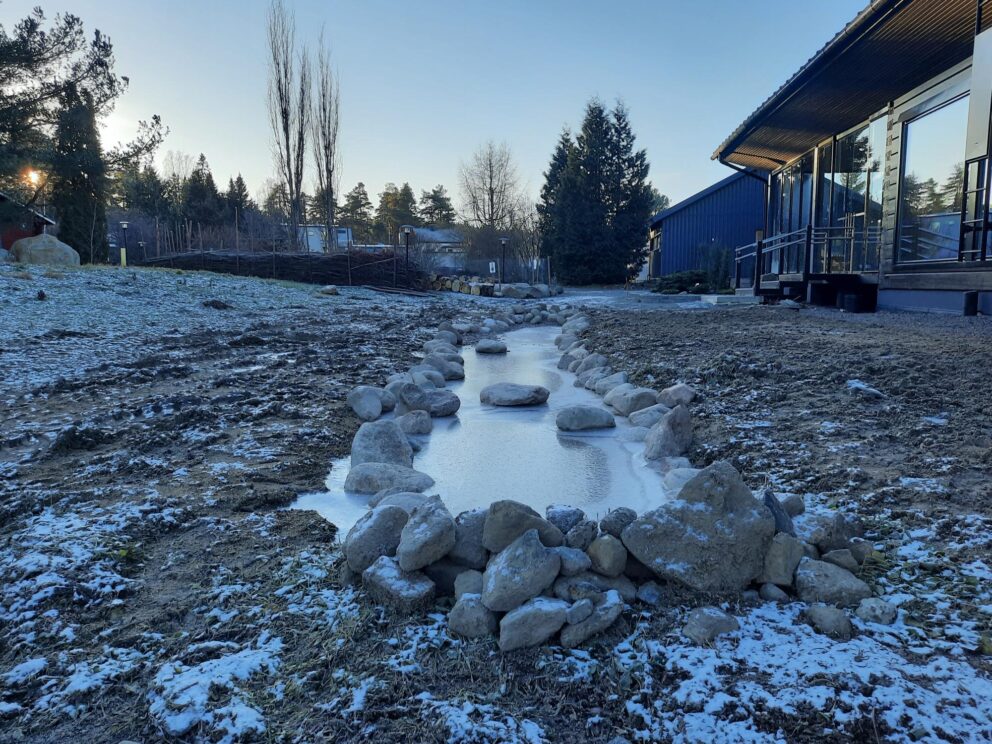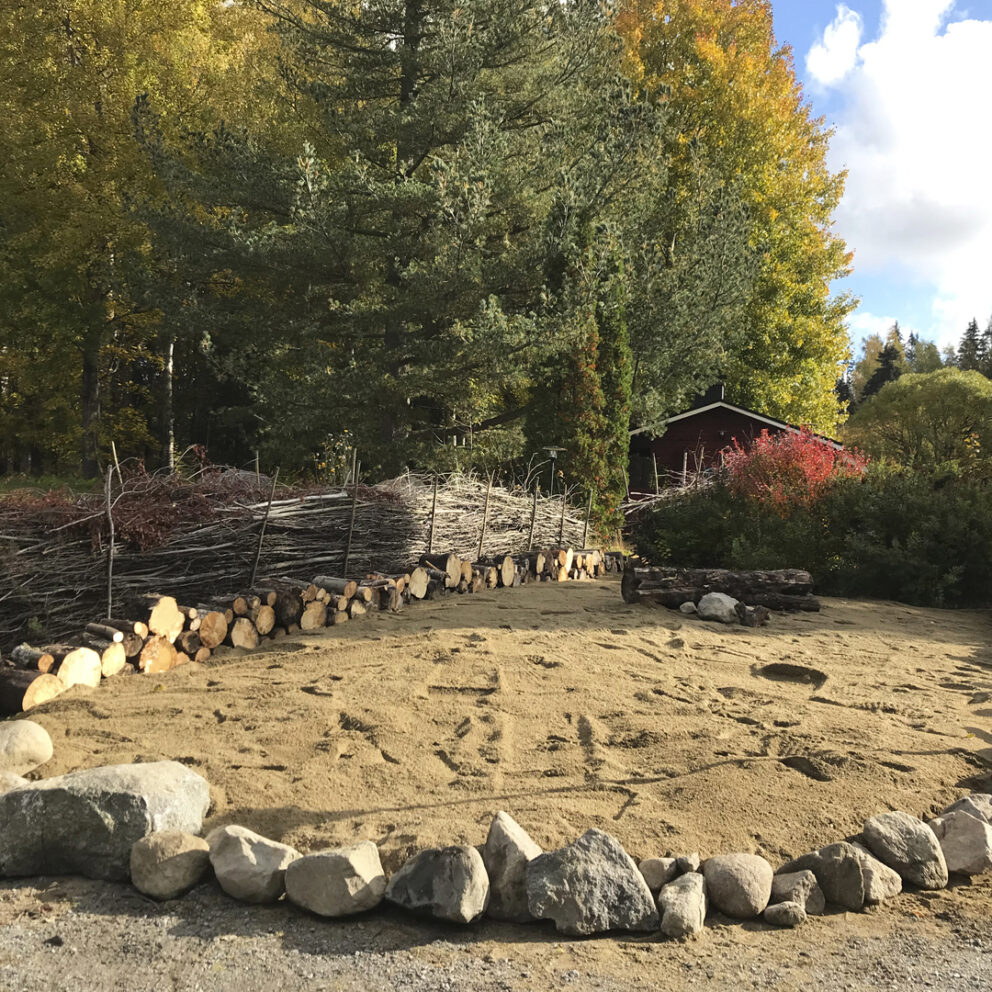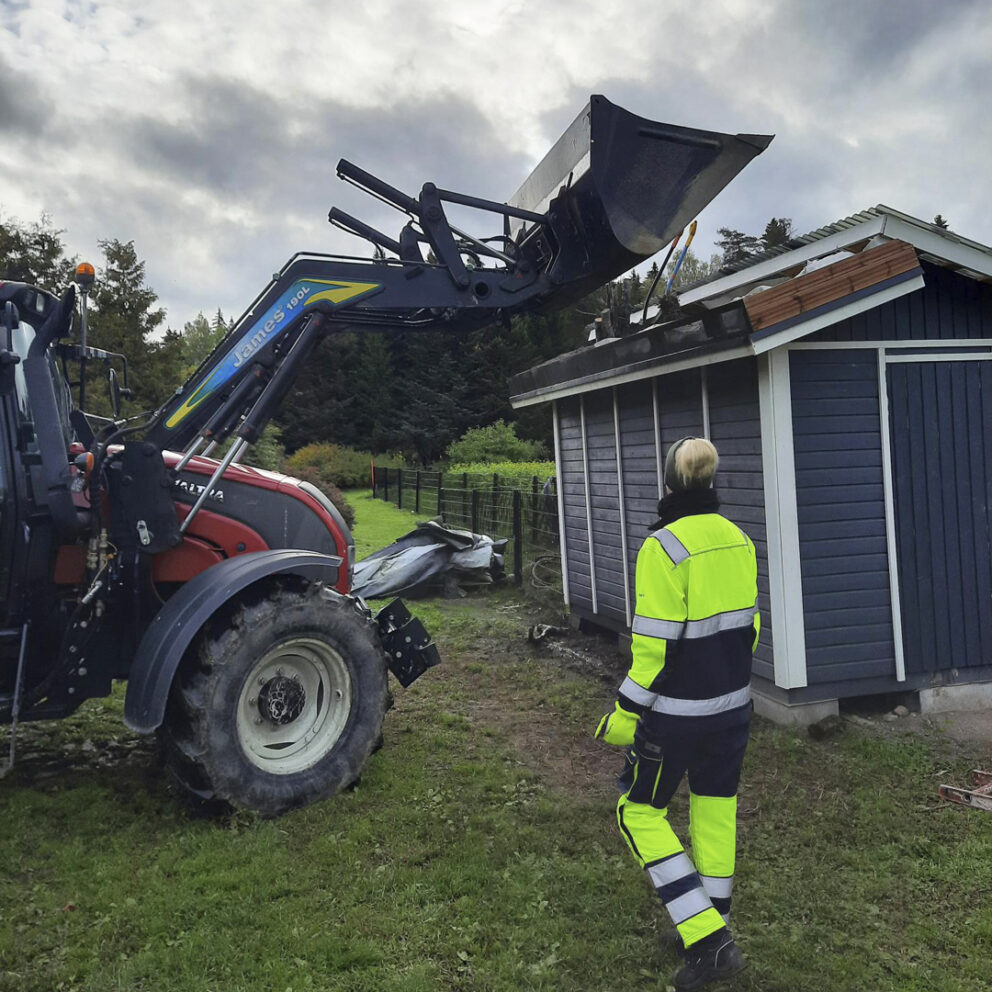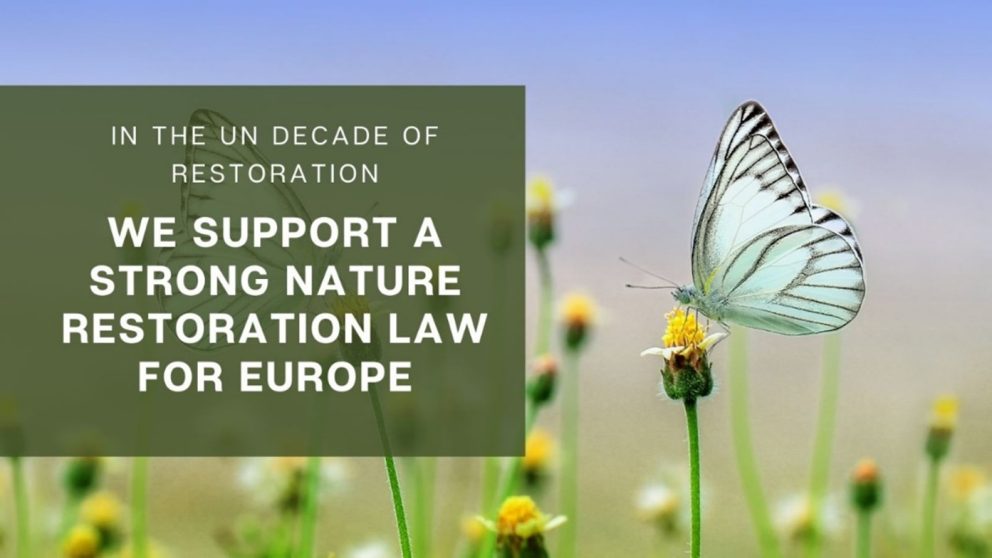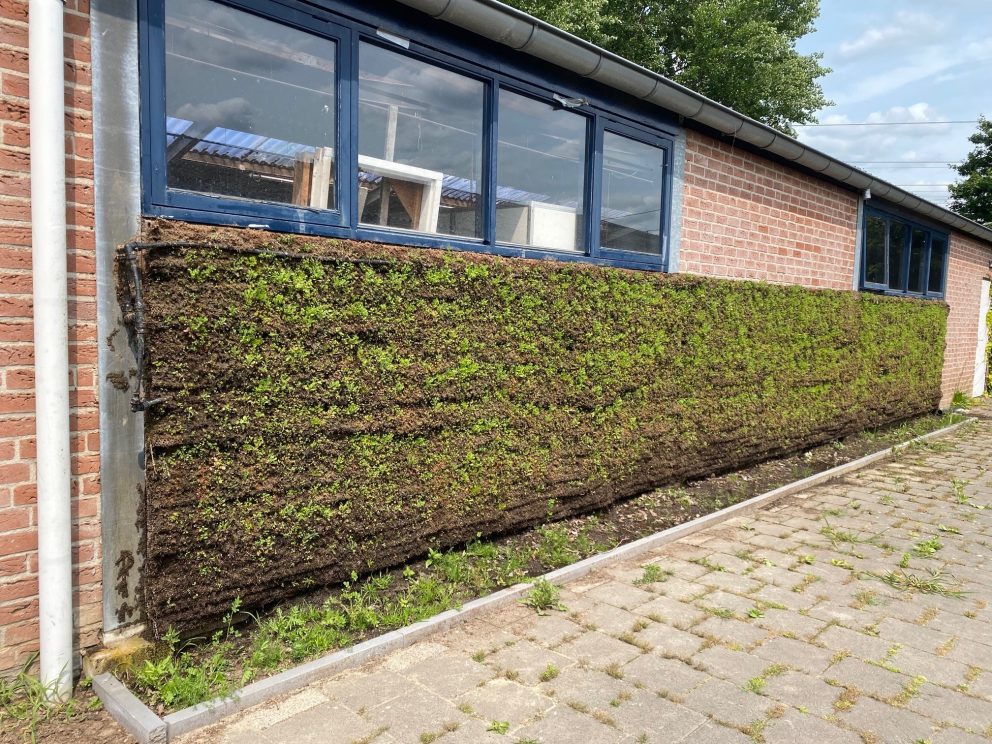In AhlmanEdu's learning environments, students get to know the work in their field, test new methods and develop practices in their field. As part of the project European Platform for Urban Greening, AhlmanEdu has developed a green sector learning environment with nature-based solutions. The learning environment, developed with the values of urban greening, will be used in the project's trainings and workshops.
AhlmanEdu has a variety of learning environments, which students participate in maintaining and developing. This gives students hands-on experience in their field of work and also gives them the opportunity to try out new approaches and methods. The learning environments support interaction between students and staff and promote collaborative knowledge building.
Within the European Platform for Urban Greening, the AhlmanEdu garden has been developed as a learning environment. The starting point was to introduce nature-based solutions that promote biodiversity and support nature’s own functions into the learning environment. Under the guidance of the project manager, students were able to design and implement nature-based projects as part of their studies. A rain garden, a meadow, a decay garden and a vegetated roof were built on the site. These elements will form part of the green sector learning environment that will be maintained and developed by students in future years and used in the project’s courses and modules.
Meadow
In spring 2021, Ahlman’s nature and environment students started a meadow project to increase biodiversity, create habitats for more diverse species and revitalise the regional plant cover.
The work started by weeding the future meadow area and spreading sand about 30 cm thick as a mowing base. During the summer, the students collected seeds of local meadow plants so that the meadow to be established would strengthen the regional meadow seed bank. In autumn 2021, the students were able to sow the seeds in the meadow. The meadow vegetation will cover the whole area in small batches and will flower in about 3-5 years, at which time its own seed bank will start to accumulate.
Decay garden
AhlmanEdu’s nature education students started working on the decay garden in spring 2021. It consists of decaying wood fences and stumps and will be built between the meadow and the rain garden, enhancing biodiversity and guiding traffic through the area. The decay garden is a habitat for insects and pollinators, provides food and shelter for birds and is a good disposal site for the branches and twigs that are generated in the garden.
Rain garden
Construction of the rain garden, which was started in autumn 2021 by AhlmanEdu’s floral, greenery and nature students, will delay water masses caused by rainfall and filter them back into groundwater. The rain garden was therefore designed on a site where rainwater has been observed to accumulate. This existing depression was slightly deepened and stones of various sizes were placed at the bottom and edges.
In spring 2022, the rain garden will be planted with plants that can withstand fluctuations in humidity – both high water levels and drier periods. The plants will also need to be pollinator-friendly to maintain biodiversity.
Vegetated roof
A vegetated roof is the roof of a building with living vegetation on top. In addition to its beautiful appearance, green roofs have many other benefits, such as protecting roof structures, absorbing sound, improving the energy efficiency of the building, increasing environmental comfort, attracting pollinators, offsetting the carbon footprint, improving urban air quality, absorbing heavy metals and reducing the overall volume of storm water runoff, so that it does not burden drainage systems.
AhlmanEdu’s vegetated roof project started with the substrate preparation and plant selection. The plants selected for the roof were perennials representative of the region’s native plant population. This will also test which varieties of perennials can be used on the green roofs in addition to liverwort. A tree was also placed on the roof to act as a biodiversity trap, providing shelter and food for insects.
Read more: paja.ahlman.fi
